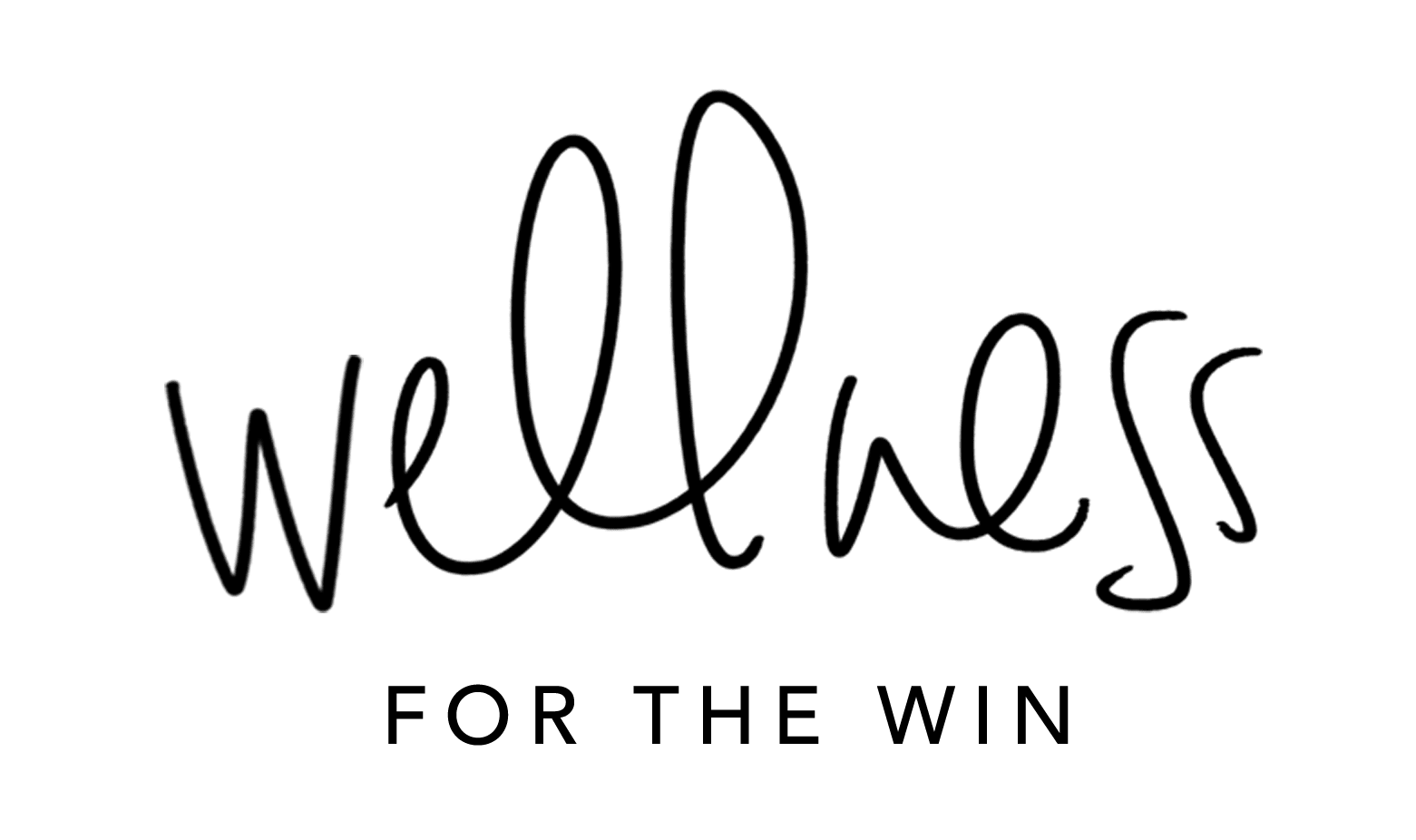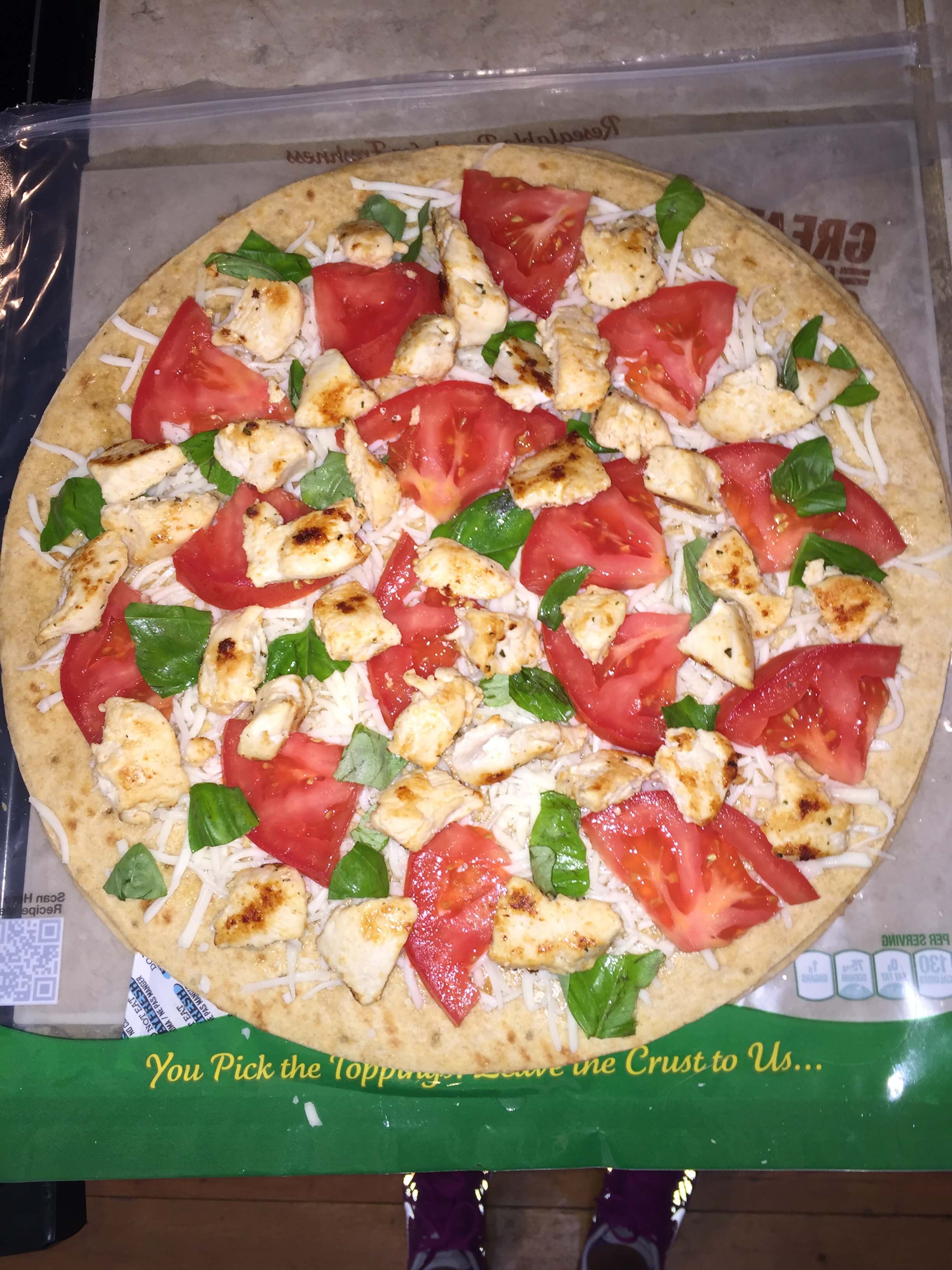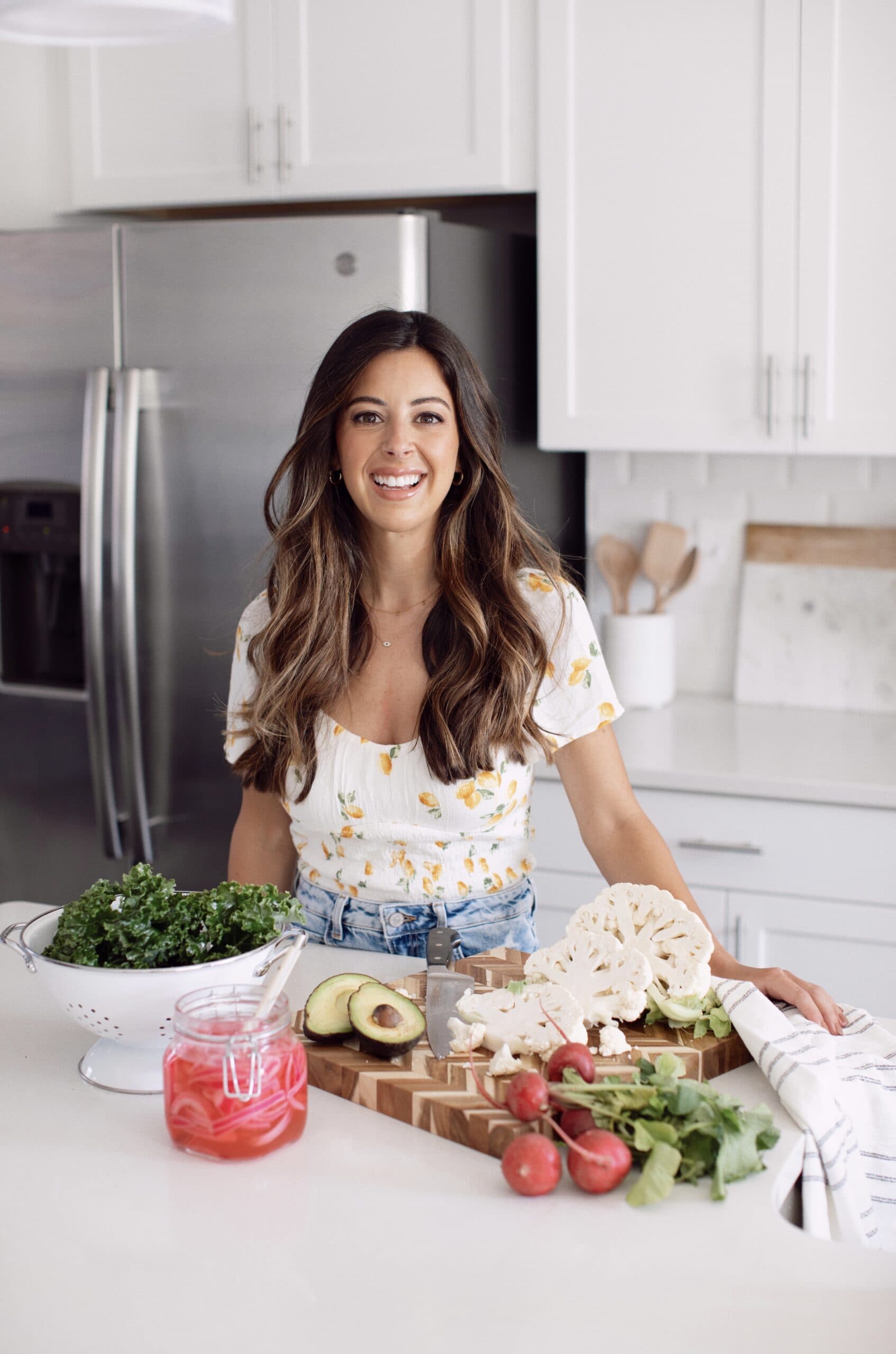Why You Should Eat The Rainbow
Unfortunately, no, I’m not talking about Skittles. I’m talking about fruits and vegetables, but keep reading! Have you ever heard someone say you should “eat the rainbow”? What does that even mean? It means you should consume a variety of different-colored foods, specifically fruits & veggies, and even grains! This is because each color offers a different benefit to your body and overall health. If you’re only consuming red foods over and over, you’re depriving yourself of all the amazing nutrients found in green, yellow, even purple foods! Do your best to mix it up often so you can get the most out of your diet.
The vitamins & phytochemicals within these foods are what give them their different colors. Some of the phytochemicals may sound familiar to you, such as chlorophyll or beta-carotene. I’m going to break down the “rainbow” by giving examples of foods within each group/color, and explain the health benefits of each so you understand why it’s so important to eat your fruits & veggies! Brace yourselves for some knowledge.
Red: the phytochemical in tomatoes and watermelon is known as lycopene. Lycopene is thought to be protective against certain cancers, as well as contribute to heart health. Other possible nutrients that are present in red foods include anthocyanins, flavonoids, and resveratrol. These nutrients have antioxidant and anti-inflammatory effects and may also be protective against various chronic diseases and cancers.
Examples of foods in this group: apples, red onions, red peppers, strawberries, tomatoes, watermelon, and cherries
Calorie for calorie, canned tomatoes offer 1.5x more potassium than bananas, orange juice or non-fat milk. – Food & Nutrition Magazine
Yellow/Orange – the big players in this group are the carotenoids. Everyone probably immediately thinks of carrots and improved eyesight. This is true, because of the vitamin A content of carrots, but carotenoids can also be found in many other foods, such as pumpkin, sweet potatoes, and other orange foods, as well as many of the dark, leafy green vegetables! Other nutrients that are prevalent in orange & yellow foods include vitamins A and C. Vitamin A is important for vision, skin & bone health, and immune function. Vitamin C aids in iron absorption, wound healing and keeps your teeth and gums healthy!
Examples of foods in this group: carrots, pumpkin, cantaloupe, butternut squash, oranges, papaya, mango, peaches, sweet potatoes, pineapples, yellow peppers, lemons, summer squash, and sweet corn
Fun Fact: the phytochemicals are often concentrated in the skin of fruits and vegetables, so eating them with their peels on is beneficial for the extra nutrient boost, as well as added fiber! One of the dietitians I worked with during my clinical rotation put it this way: The skin protects the fruit/vegetable, so eating the skin will protect you too! Leave the skin on whenever you can to get the most benefits, but phytochemicals are present throughout the foods, so you won’t miss out on all the goods by peeling them.
Green – don’t forget to eat your greens!!! We’ve all had that nailed into our brains since we were just little nuggets learning how to eat for the first time! Well, your momma was right all along. Imagine that. Green fruits & veggies have a lot to offer. Some of the nutrients found in green vegetables include chlorophyll, lutein, folate, vitamins A, E and K, carotenoids, and isothiocyanates. These provide benefits by contributing to bone, heart, teeth, and eye health, and may also be protective from chronic diseases and cancer.
Examples of foods in this group: broccoli, spinach, kale, green beans, cabbage, asparagus, green grapes, green apples, honeydew, kiwi, limes, green peppers, peas, bok choy, collard greens, cucumbers, zucchini, lettuce, okra, sugar snap peas
The Dietary Guidelines for Americans suggest eating around 5 cups of fruits and vegetables (total) a day. Are you getting enough? I have found that SNACKS are a great time to sneak in a serving if you skimped at meals!
Blue/Purple – some of the phytochemicals found in blue/purple foods are anthocyanins and flavonols. Anthocyanins are antioxidants that may improve blood vessel health. Foods in this group may also help with heart health and have anti-inflammatory effects.
Examples of foods in this group: eggplant, beets, blueberries, blackberries, figs, beets, plums, purple grapes
I’m sure all of you have heard the rumors that red wine is healthy, but you may not know why. That’s because of the phytochemical resveratrol, which is found in the skin of red grapes. This contributes to heart health by lowering blood pressure, lung health, has cancer-fighting properties, and reduces inflammation. So a glass of red wine a day might actually keep the doctor away! Lucky you ; )
White or Tan/Brown – a few of the phytochemicals in these foods are known as flavonols and anthoxanthins, which have a variety of benefits, including anti-inflammatory and anti-cancer effects, as well as a decreased risk for some chronic diseases.
Examples of foods in this group: bananas, dates, cauliflower, garlic, ginger, jicama, mushrooms, onions, potatoes, shallots, and turnips
Everyone always thinks if they need potassium they HAVE to eat a banana, but did you know several other fruits & vegetables contain just as much, if not more, potassium than bananas? Some other sources of this nutrient [which helps maintain a healthy blood pressure] include broccoli, beans, lentils, peas, potatoes and tomatoes.
What are antioxidants and what can they do for me?
Some of the antioxidants include beta-carotene, flavonoids, selenium, lutein, lycopene, and vitamins A, C and E. Antioxidants protect your cells from damage caused by free radicals. Antioxidants essentially protect you from inflammation and may reduce your risk of chronic diseases & cancer. Fruits, vegetables, whole grains, nuts, beans, herbs and spices are all good sources, so load up on these delicious, natural foods! Berries are especially high in antioxidants, and guess what?! Dark chocolate even has some antioxidant action goin’ on, so feel free to include dark chocolate in your diet (in moderation!) 🙂
Now are you convinced that eating fruits & vegetables over cake and cookies may be beneficial to your health? I hope you noticed the “protective from chronic diseases & cancer” theme throughout the post. As I just mentioned above, everything can be included in your diet in moderation. You never have to deprive yourself of all the foods you love in order to be healthy; you may just have to limit them to reach your weight loss or general health goals. It’s all about balance! There are so many ways to make fruits & vegetables more exciting and delicious so you actually want to include them in your diet. I hope to continue to provide ideas and recipes on how to do so!
My fortune cookie told me that you guys were ready for a Chinese-inspired recipe. I’ve been feeding you too many Mexican dishes lately – they’re just so tasty! 🙂
When you think about getting something for take-out, you immediately think of either pizza or Chinese food, right? Unfortunately, most of the foods that you might get from a Chinese restaurant are far from healthy, and will not help you reach your goals if you’re trying to lose weight or eat better. Many of the dishes are fried, so they are high in fat, and they’re drowned in sauces that are packed with sodium. I loved this lightened up version of chicken fried rice, and I felt ZERO guilt after eating it. 🙂 Try this recipe out next time you’re craving some healthified Chinese food!
Skinny Chicken Fried Rice
Ingredients:
- 1 lb boneless, skinless chicken breasts
- 3 Tbsp sesame oil
- 1/2 cup onion, chopped
- 2 cups frozen peas + carrots
- 2 cloves garlic, minced
- 20 green onions, chopped
- 2 eggs (or 1/2 cup Egg Beaters)
- 2 Minute Brown Rice cups (these are great for convenience, but you could also cook brown rice according to instructions on box)
- Soy sauce to taste
Instructions:
- Cut chicken into bite-sized pieces. Cook in small skillet until browned and cooked through.
- Heat sesame oil in another large skillet on medium heat. Add onion, peas, carrots, garlic, green onions and stir-fry until tender.
- Push mixture to outside of skillet to open up center. Crack eggs into skillet and scramble. When cooked through, mix with vegetables.
- Microwave the 2 Minute Brown Rice cups for 90 seconds. (Or cook brown rice prior to making the stir-fry mixture and set aside.)
- Add the chicken to the stir fry mixture.
- Put brown rice in a large serving dish and add vegetable and chicken stir-fry mixture.
- Serve! Add soy sauce as desired.

*Approximately 325 calories per 1.25 cups*
PS: my boyfriend made this recipe with me and loved it, so it is already boyfriend/husband approved, ladies! 🙂
Quote of the day: “We become what we repeatedly do.“
So make it a habit to eat well, exercise, and treat yourself & others with respect. : )
Finish the week off strong & have a great weekend! Don’t forget to eat lots of colorful fruits & veggies! ; )
eat well. live well. be happy.
Shanna, RDN













